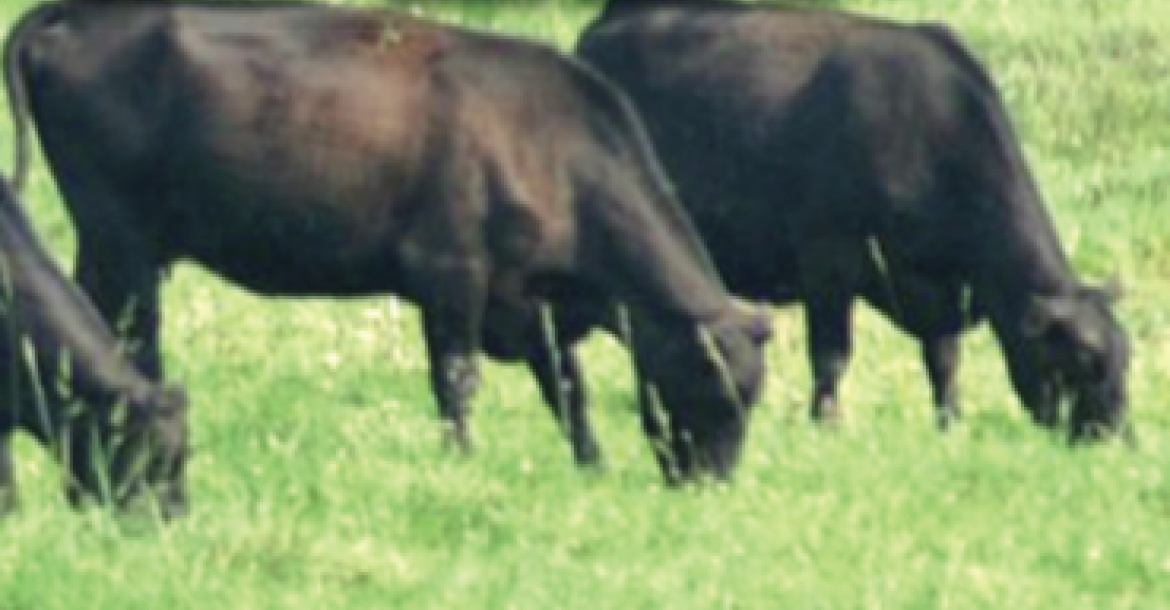Adverse weather causes concern during calving season
HARTINGTON — It is calving season for heifers, and farmers in Nebraska are dealing with additional obstacles during this already stressful season.
The flood waters that swept through the Midwest last weekend left many problems to face. It stripped away roads and approaches to bridges, washed away farmable land in areas, and brought a path of destruction that went through fences, houses, roadways, dams, and anything else in its path in Nebraska.
Part of why this flooding was so bad is because of the transition time from winter to spring before the frost has left the ground. This is also typically the time ranchers have first year heifers birth their first calves.
It goes without saying things have not gone easy for these new mothers.
“I think the timing was really a challenge because a lot of people have their younger heifers calve before their other cows,” said Cedar County Vet Clinic veterinarian Erin Schroeder. “We just had that horrible cold snap with lots of snow, and then we were just thinking we were turning a corner and tons of flood waters came.”
For many ranchers, the flooding was horrific, if not catastrophic to their property, herds, and means of living.
“There has definitely been some death loss,” said Schroeder. “There were several critters that have been electrocuted because the water came up around all the tank heaters and shorted out the heating units to their water, and thankfully no owners were injured. They recognized what happened and turned the power off to the farm immediately.”
Schroeder says she does not treat hogs but said often in Cedar County hogs have confinement pens that if the flood waters came, “it would be catastrophic.”
The after-effects of the flood have dangers as well. Conditions that the cattle are living in can spread disease, further hurting a tired and tested herd.
“The big things to look for are lamenesses, upper respiratory infections, diarrhea, changes in appetite and behavior,” said Schroeder. “If there is an animal or group off by themselves and not eating well, then they are probably seeing some clinical disease.”
Schroeder also went on to say foot rot is a big issue as well because of the mud that lls the elds cattle are currently grazing.
Newborn calves are especially susceptible to disease. These calves feed from the utters of their mother as the only source of nutrition.
Mothers of newborns drag their way through the mud to get to higher ground, often tracking mud onto their underbelly and utters. This contaminates the new calves’ food source, bringing with it the risk of a plethora of diseases.
“These poor heifers are just kind of struggling because nothing has been easy for them yet,” said Schroeder. “Thank goodness for biology though, or else we would have a lot of little orphan calves.”
Schroeder says since the flood, she has made a lot of on-site visits with her husband, Ben, who is also a veterinarian and owner of the Cedar County Vet Clinic.
Schroeder said there have been some places that they park as close as they can get to the farm before taking a tractor ride with the farmers the rest of the way.
She also said pretty much every person she has visited with has echoed the help of neighbors and fellow farmers during this time of crisis.
“Everyone that comes in here has a story about that,” said Schroeder. “About how a neighbor came over and helped them collect feed, and then they went over and helped them x a fence or whatever was needed.”
The true impact of this flood will not be immediately known. It is still being learned how this has hurt herds, how much land is now unfarmable, and truly what the agricultural impact will be from this natural disaster.
“This is really, really hard on both the farmers and the animals,” said Schroeder.

